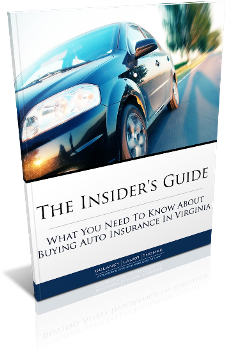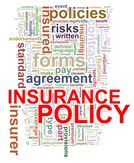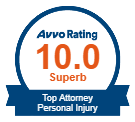If you’re a motorcycle enthusiast or even if you’ve just been admiring all of the motorcycles out on the roads these days, you’ve probably noticed that bikes are getting larger and more powerful. A dramatic increase in ridership over the last decade coupled with Americans’ taste for speed and performance has caused manufacturers of so-called “sport bikes”, “supersports”, and “super bikes” to pile on the power. Another impact of the increase in ridership is that there are now more novice riders on the road than ever before, and predictably, the combination of green riders and powerful bikes is proving to be deadly.
According to data from the National Highway Traffic Safety Administration (NHTSA), motorcycle accident fatalities have more than doubled since 1998. While some increase is expected because of the increase in ridership, statistics show that the fatality rate – calculated as the number of fatalities per 100,000 registered motorcycles – has risen from less than 60 in 1998 to more than 70 today.
Supersport Bikes Singled Out
The NHTSA motorcycle fatality statistics don’t tell the whole story. A report released in September by the Insurance Institute for Highway Safety (IIHS) fingered supersport bikes as the consistently most deadly kind of motorcycle on the road. The death rate for a cruiser or standard motorcycle is about 5.7 deaths per 10,000 registered motorcycles, while the death rate for supersport bikes is 22.5. That means supersport riders are four times more likely than “regular” motorcycle riders to die in an accident. What is surprising is that while supersport bikes account for less than 10 percent of registered motorcycles, over 25% of rider deaths can be attributed to supersports.
The danger of these bikes does not prevent them from being popular, especially with younger riders. While supersports still only account for a relatively small percentage of total bike registrations, their numbers have swelled 85% over a 5 year period. Not only are there more of these bikes on the road than before, but they appeal to more youthful rider, who is not only more likely to be inexperienced but also more likely to engage in risky behavior – something young men are especially known for.
Supersport bikes are unusually fast and powerful as they are built on a racing bike platform but are modified for the consumer market. Given their appeal to younger, inexperienced riders and their race-track pedigree, it isn’t really a surprise to find out that speed and driver error account for 57% of fatal supersport accidents. Interestingly, speed and driver error were also a significant factor in fatal sport and unclad motorcycle accidents, accounting for 46%, while it was a factor in only 27% of fatal cruiser and regular motorcycle accidents and 22% of touring motorcycles. Youth and speed, it seems, are a dangerous combination.
To give you an idea of how fast some motorcycles are these days, here are details about some of the fastest bikes on the market today:
- Kawasaki ZX-14 – 200hp
- Suzuki GSX-R1000 – 200hp
- Ducati 1098 – 160hp
- BMW AG’s K1200S – 167hp
- Harley Davidson Night Rod Special – 127hp
Riders Aren’t Helping Themselves
Regardless of the type of motorcycle or how fast it is ridden, there is one motorcycle safety move that advocated by the NHTSA and many lawmakers: helmets. The NHTSA estimates that helmets are 37% effective in preventing fatal injuries to motorcyclists, and if all motorcyclists wore helmets, over 750 lives could be saved each year. However, as with any “it’s for your own good” type legislation, there are always individuals who chafe at the idea of the government telling them how to live their lives.
According to IIHS, 20 states and the District of Columbia laws require helmet use by all riders. In 27 other States, only people under a specific age – usually 18 – are required to wear helmets. Three States (Illinois, Iowa, and New Hampshire) had no laws requiring helmet use. In 2006, the last year where statistics are available for Virginia, there were 69 motorcycle fatalities – however 96.1% of riders were wearing helmets, which is not surprising given that Virginia has a mandatory helmet law. Presumably, without this law the fatality rate would be higher.
The IIHS study pointed out that while fatality rates have been rising, helmet use has been falling. According to the National Occupant Protection Use Survey, only 51% of motorcycle riders wear helmets certified by the US Department of Transportation. Compare this to 2000, when 71 percent of riders wore certified helmets. With the unprecedented power of today’s supersport motorcycles and the increasing number of inexperienced riders on the road, it is more important now for motorcycle riders to watch their speed and wear their helmets. If they don’t, they risk becoming just another statistic.
The attorneys at Dulaney, Lauer, and Thomas, LLP care about your safety on Virginia’s roads and highways.
If you or somebody you love is unfortunate enough to be involved in a serious Virginia motorcycle accident, our law firm wants to help.
Please contact Dulaney, Lauer, and Thomas to discuss your case for no cost and no obligation.
We can help you recover from the shock of a serious motorcycle accident injury and make sure you receive the compensation you deserve.















